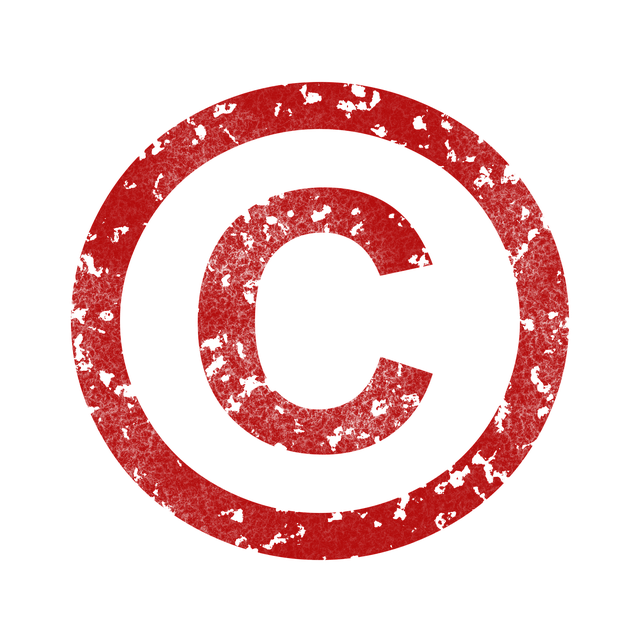If you work with customers outside Spain, you need to know how to create an international invoice. To guide you through this process, we’ll describe the main steps here. This way, you will easily be able to create invoices with all the necessary details, without any interruptions to your work.
How to create an international invoice depending on the customer
The truth is that not all invoices are the same. An important element in this respect is the commercial relationship between Spain and the country in which recipient of the invoice is located. To explain this point clearly with an example: the member states of the European Union are subject to different tax regulations than other states. We will analyze this difference below.
How to invoice a customer located in the European Union
In this case, there are two scenarios:
- Invoicing a private individual or a company for services. The main difference compared to private individuals in Spain is that they are exempt from VAT. However, depending on your sector, you may need to include VAT. Article 70 of the VAT act explains this for all the different cases.
- Invoicing a company or private individual for goods within the European Union. This is the same case as the previous example. Furthermore, reverse charge VAT rules apply. Not so much because they do not have to pay it, but rather because they have to declare it separately, within their own country’s tax system. How will this affect you? Mainly in the fact that you will not have to reflect VAT on the invoice. This will therefore make your life much easier.
However, there is also another option, which is to provide an economic service to a private individual whose residence and tax residence is in another EU country. In this case, it would be registered as a domestic transaction. In other words, you have to include the invoice in the 303 and 349 forms, as well as indicate the VAT and other relevant information. It is like invoicing a private individual whose tax address is in Spain.
How to invoice a non-EU customer
In these cases, the procedure is different and slightly more complicated. The idea is that, if you are selling a service or a good, you have to reflect it administratively in the context of an export. This means that invoices must include the text “Article 21.1 of Law 37/1992”.
In the same way, you do not have to declare VAT, you just need to add the export SAD (the single administrative document) and the international transport document to your files. With both these documents, the path of the good sold will be registered and subject to the relevant regulations and conventions of each country.
As you can see, it’s not too complicated. However, with EU member states it’s much easier than with external customers.
Prepare an international invoice easily
Can international invoices be reused taking national invoices as a template, or is it better to start the process from scratch? We’ll give you some specific guidelines to help you draft and prepare international invoices.
First, you need to indicate all your details: your tax address, name and surname, and National Identity Document number. Next, you have to include the customer’s details. The Tax Identity Code or National Identity Document number of the owner, their name and their tax address.
The description is another element that must be included on your invoice. It is important include details of the service or product you are selling. Below the description you can add the price, the VAT (if necessary, which we have already seen that it is not) and personal income tax. Finally, in the case of exports, you must attach the two compulsory documents. That’s all.
What do we recommend when preparing this type of invoice? Here are some tips that will make your tax situation easier:
- Check with your consultant before preparing the first few invoices. They will help you in the case that the service in question is limited by any kind of applicable regulation or law.
- Hire a translation agency. This will enable more fluid communication with your foreign customer, allowing you to clarify possible doubts and write the invoice correctly, helping you throughout the whole process.
- Find out about international agreements with the destination country. Check with the Administration first, especially in the case of large budget services. You can find more convenient ways of doing things to help simplify the whole process.
So, now you know how to create an international invoice. A thorough understanding of this process will help you in your internationalization phase. Remember that if you want to maintain fluid and secure communication with your international customers, contact us and we’ll offer you a tailor-made solution. We are an experienced translation agency and we will help you invoice with total transparency.






